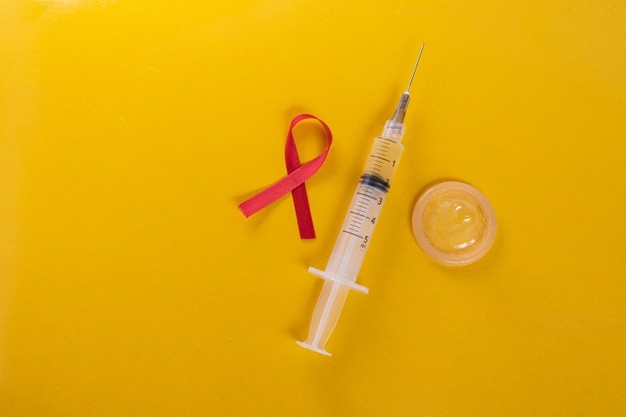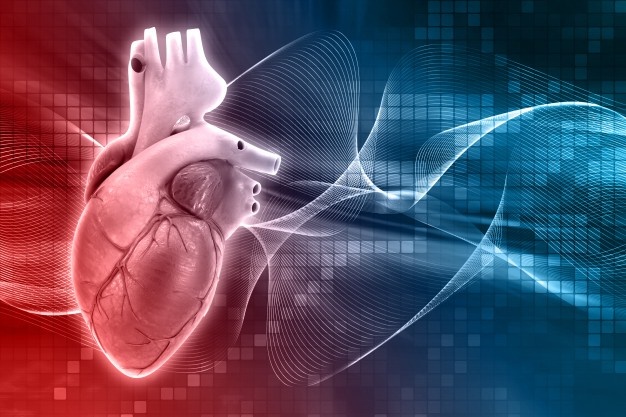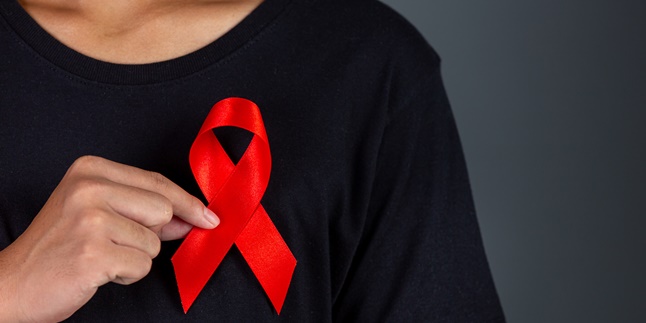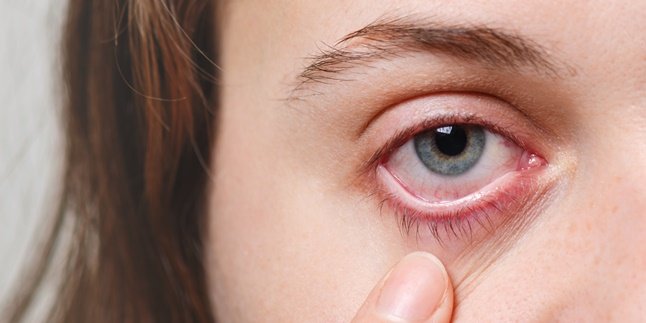Kapanlagi.com - Until now, HIV or (Human Immunodeficiency Virus) has been one of the most feared diseases. This virus is known to attack the immune system and can be fatal if not treated and becomes a contagious disease. This disease, which has become a nightmare, seems to cause misunderstandings about the transmission of the HIV virus, so some people stay away from HIV patients. Until now, many people thought that HIV can be transmitted through saliva, sweat, touch, kissing, or toilet seats. In fact, transmission is not that easy.
This is what causes many HIV patients to experience discrimination. Basically, someone can get HIV if they have direct contact with body fluids. Therefore, understanding how HIV is transmitted is the most important thing in preventing the emergence of HIV. So as not to be fooled by myths, it is good for you to also know how HIV is transmitted. Let's directly read the following review.
1. Through Needle Injection

(credit: freepik)
The first way of HIV AIDS transmission is through needle injection. This transmission can occur due to the use of contaminated needles with blood from HIV-infected individuals. Additionally, sharing needles or using used needles can increase the risk of contracting HIV.
In fact, HIV virus can survive in needles for up to 42 days after the initial contact, depending on temperature and other factors. To prevent transmission, always ensure to use new sealed needles or other medical equipment.
2. Sexual Intercourse
HIV transmission can occur through sexual intercourse. This can happen in heterosexual as well as homosexual relationships through sexual activities with partners who are HIV positive.
In addition, individuals who frequently change sexual partners are at a higher risk of contracting HIV. To prevent transmission, use condoms and avoid changing partners frequently.
3. Blood Transfusion

(credit: freepik)
The next way of HIV transmission is through blood. Blood is one of the media that can transmit the HIV virus. The virus can be transmitted when someone receives a blood transfusion from an HIV patient.
However, with the development of technology, the risk of HIV transmission through blood transfusion is rare because proper testing has been conducted, resulting in a low risk of HIV transmission.
4. Through Pregnancy, Childbirth, and Breastfeeding
Furthermore, HIV transmission can also occur during pregnancy, childbirth, and breastfeeding. An HIV-infected mother can transmit HIV to her unborn baby. In addition, during childbirth and breastfeeding, the baby can also be infected with the HIV virus.
Therefore, it is important to consult a doctor to undergo HIV testing and treatment during pregnancy to reduce the risk of HIV transmission to the baby.
5. Through Eyebrow Embroidery, Tattoos, Lip Embroidery

(credit: freepik)
It turns out that the trend of eyebrow embroidery, tattoos, and lip embroidery can be a way of transmitting HIV. This can happen if it is done by inexperienced employees who do not use sterilized equipment. This can also cause transmission because the procedure of facial embroidery or tattoos involves cutting open skin.
Therefore, if you are going to do eyebrow embroidery, tattoos, or lip embroidery, make sure that the equipment used is sterilized and uses disposable needles.
6. Through Blood Donation
As we know, HIV can be transmitted through blood, so it can also be transmitted through blood donation. This can happen because not everyone is aware that they are infected with HIV and decide to donate. If someone who is HIV positive donates blood, the recipient of the donation is likely to be infected with HIV.
7. Organ Transplant

(credit: freepik)
Just like blood donation, organ transplant is also one of the ways HIV can be transmitted, which you need to know. As a result, transplanting organs to help others can actually expose the recipient to HIV virus infection.
Therefore, to prevent HIV transmission and other blood infections, blood donor personnel usually test every blood product donation for viruses like HIV before giving them to those in need.
8. Through Someone Working in a Hospital
Healthcare workers in hospitals, health centers, or clinics are one of the vulnerable groups to various diseases, ranging from hepatitis to HIV. In addition, healthcare workers often have direct contact with the blood of HIV-positive patients through open wounds. To prevent this, healthcare workers always use complete personal protective equipment when on duty and handle sharp objects and blood stains with caution.
Those are some of the ways HIV can be transmitted that you need to know. To prevent it, it is advisable to regularly undergo HIV testing, including for married couples. Hope this is helpful.
(kpl/dtm)
Disclaimer: This translation from Bahasa Indonesia to English has been generated by Artificial Intelligence.
















